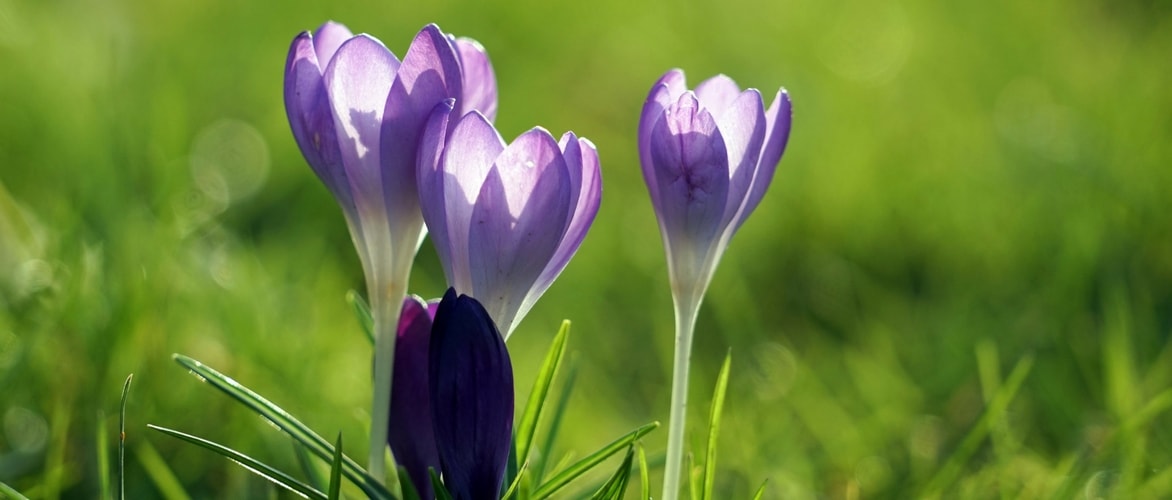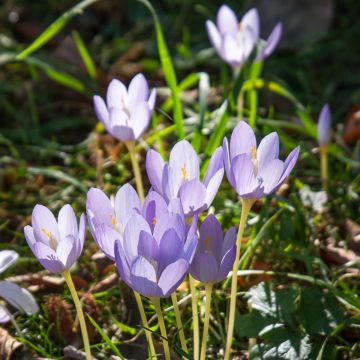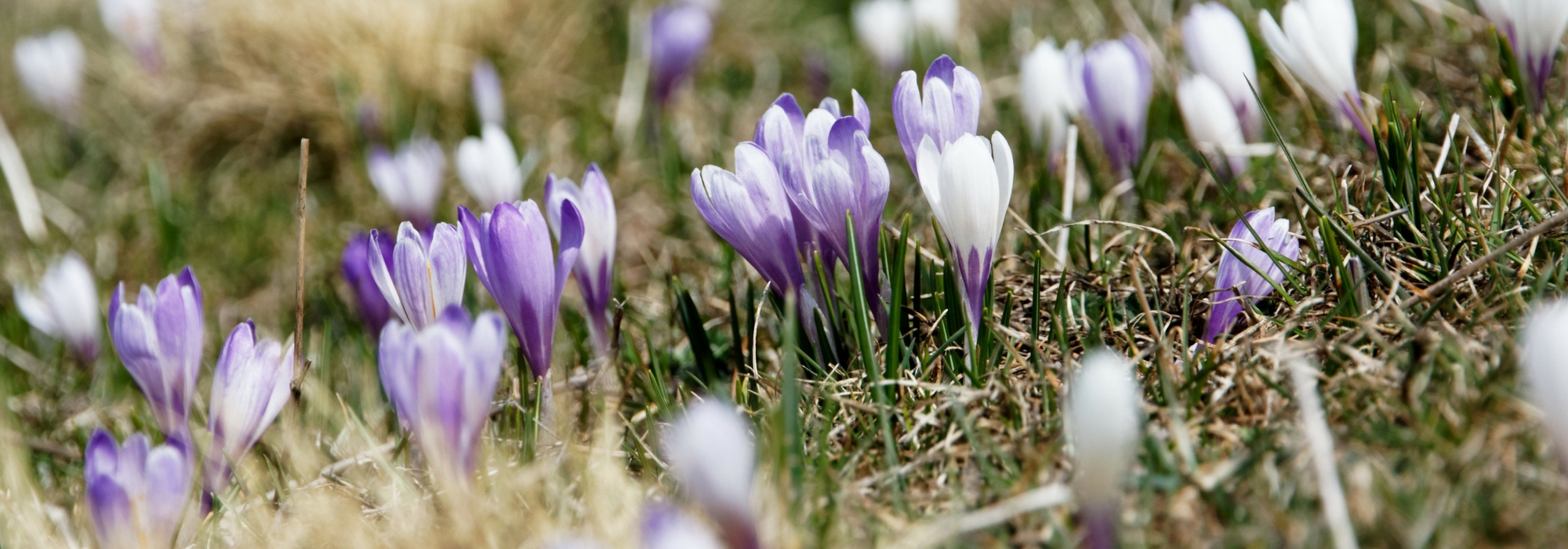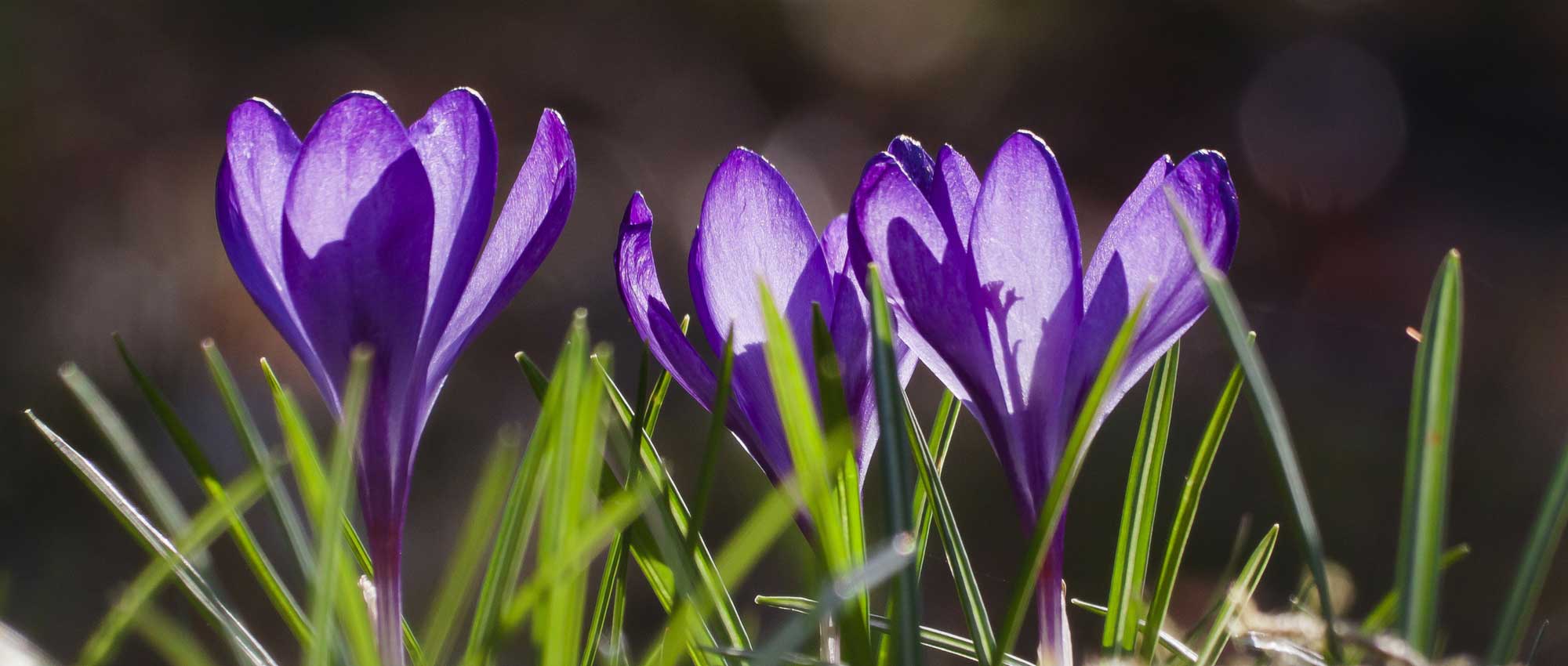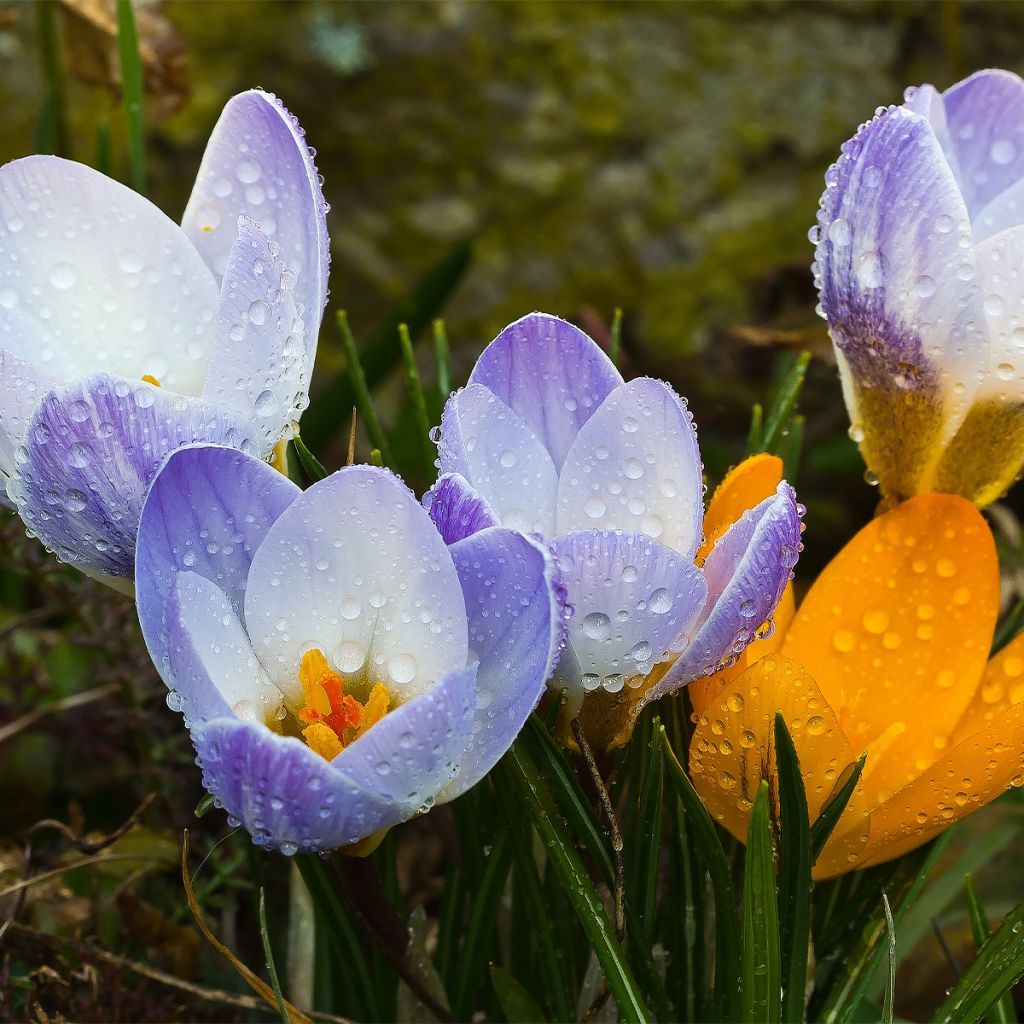

Crocus chrysanthus Blue Marlin
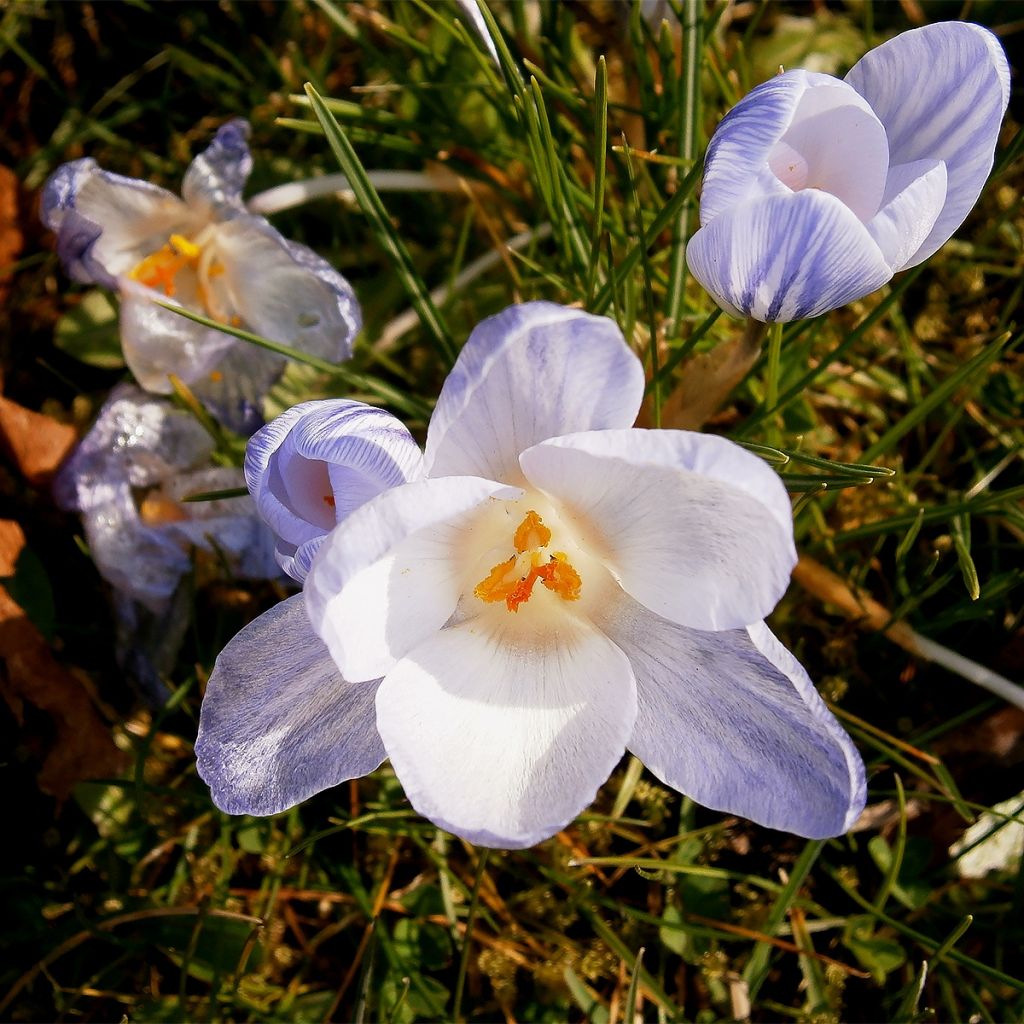

Crocus chrysanthus Blue Marlin
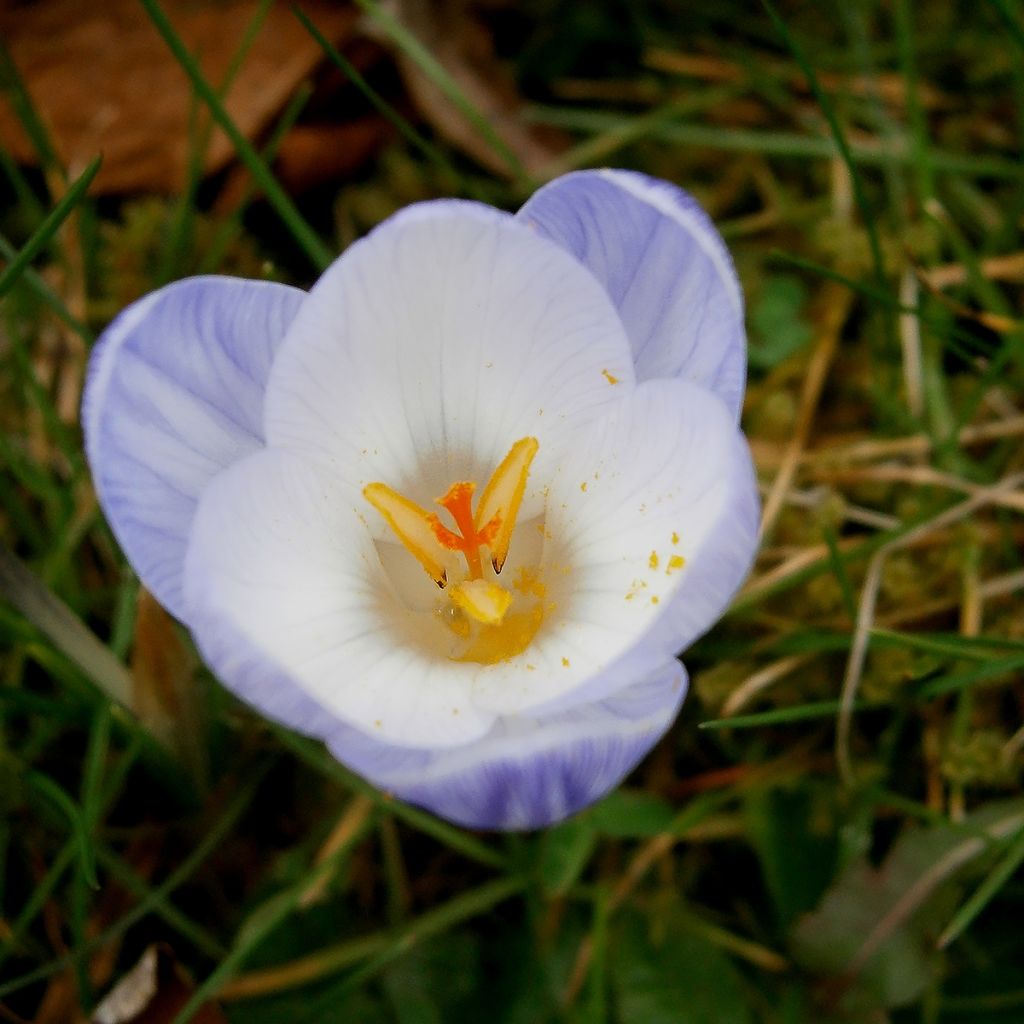

Crocus chrysanthus Blue Marlin


Crocus chrysanthus Blue Marlin
Crocus chrysanthus Blue Marlin
Crocus chrysanthus Blue Marlin
Snow Crocus, Golden Crocus
Excellent outcome. All the bulbs received this autumn and immediately planted have bloomed. Very pretty purple flowers with a yellow centre.
Edwige, 10/03/2024
Special offer!
Receive a €20 voucher for any order over €90 (excluding delivery costs, credit notes, and plastic-free options)!
1- Add your favorite plants to your cart.
2- Once you have reached €90, confirm your order (you can even choose the delivery date!).
3- As soon as your order is shipped, you will receive an email containing your voucher code, valid for 3 months (90 days).
Your voucher is unique and can only be used once, for any order with a minimum value of €20, excluding delivery costs.
Can be combined with other current offers, non-divisible and non-refundable.
This plant carries a 6 months recovery warranty
More information
We guarantee the quality of our plants for a full growing cycle, and will replace at our expense any plant that fails to recover under normal climatic and planting conditions.

Would this plant suit my garden?
Set up your Plantfit profile →
Description
Crocus chrysanthus 'Blue Marlin' is distinguished by its bright and colourful flowers, in small blue-mauve cups enhanced by a bronze yellow heart and bright orange stamens. It is a very early variety, with small bulbs that bloom just after snowdrops. Easy to grow, floriferous and reliable, it naturalises in borders or rockeries, provided it receives enough sunlight and is planted in well-drained soil.
Crocus chrysanthus 'Blue Marlin' belongs to the Iridaceae family. Its ancestor originates from Turkey and the Balkan Peninsula. This prolific variety quickly forms large colonies in upright clumps measuring 10 to 12cm (4 to 5in) in height. Flowering takes place from February to March, depending on the climate. The plants bear several cup-shaped flowers that open in a star shape. They are a tender blue-mauve with a bronze yellow throat. The reverse of the petals is streaked with violet. The heart of the flower is filled with bright orange-yellow stamens grouped together in a 'tube'. The flowers close at night and in bad weather, opening in the sun and even in semi-shade. The foliage is deciduous, drying up and disappearing some time after flowering, while the bulb goes into dormancy to escape the hot season. It consists of fine, thick, simple and alternate linear leaves. They are bright green with a central white-silver band. The 'bulbs' here are corms. A corm is, in plant morphology, an underground storage organ that looks like a bulb, but is formed by a swollen stem surrounded by scales.
Crocuses are undisputed stars of the garden, as they are the first heralds of spring. Crocus chrysanthus 'Blue Marlin' works wonders in rockeries, borders, and along paths. It will also thrive on the edge of light woodland with primroses, along a hedge, planted en masse at the base of deciduous trees (lilac, mock orange, viburnums) with hellebores and Cyclamen coum, or in the middle of a lawn with winter aconites, snowdrops, or a carpet of violets, and of course, combined with other early-flowering crocuses. This crocus is also suitable for planting in outdoor pots.
Crocus roots can contract like a spring, allowing the plant to settle at its ideal depth.
Crocus chrysanthus Blue Marlin in pictures
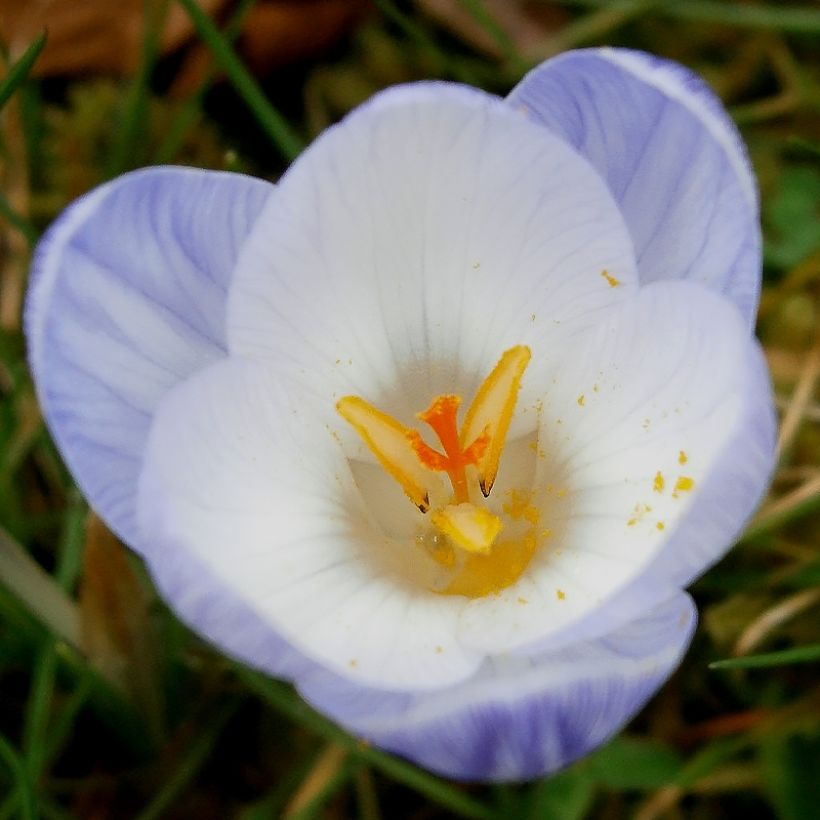

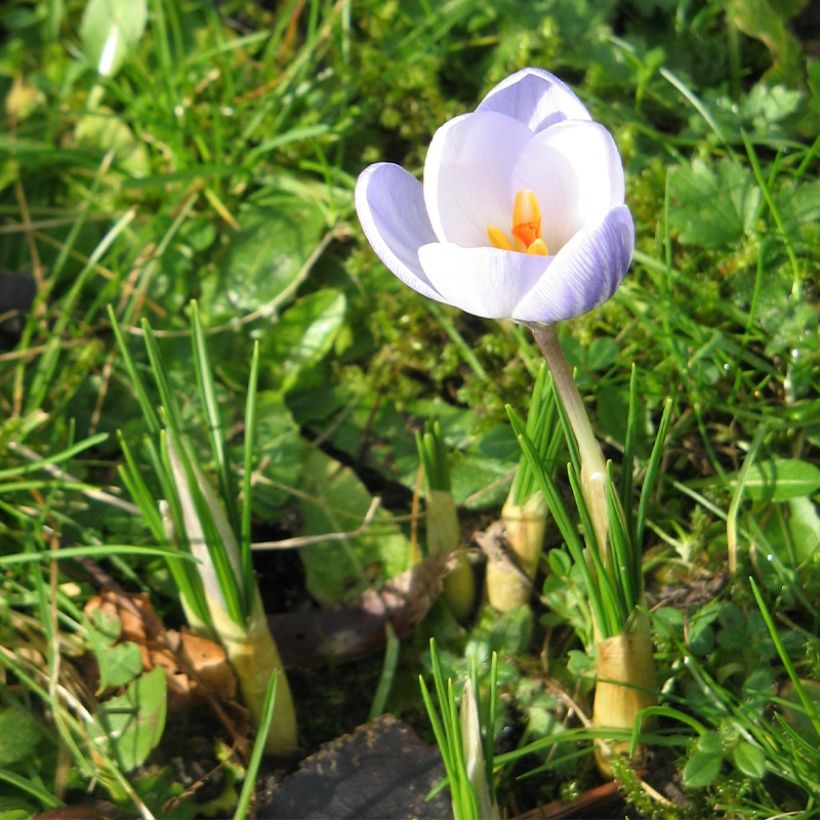

Plant habit
Flowering
Foliage
Botanical data
Crocus
chrysanthus
Blue Marlin
Iridaceae
Snow Crocus, Golden Crocus
Cultivar or hybrid
Other Spring Crocus
View all →Planting and care
Plant young bulbs from September to December, in light, even chalky soil, at a depth of 5cm (2in) and with a spacing of 5cm (2in), or in groups of three every 15 to 20cm (6 to 8in). If necessary, incorporate coarse sand into the planting soil. It is best to leave the bulbs in place, where they will form increasingly floriferous clumps. They also work well in pots on a patio.
Planting period
Intended location
Care
Planting & care advice
-
, onOrder confirmed
Reply from on Promesse de fleurs
Haven't found what you were looking for?
Hardiness is the lowest winter temperature a plant can endure without suffering serious damage or even dying. However, hardiness is affected by location (a sheltered area, such as a patio), protection (winter cover) and soil type (hardiness is improved by well-drained soil).

Photo Sharing Terms & Conditions
In order to encourage gardeners to interact and share their experiences, Promesse de fleurs offers various media enabling content to be uploaded onto its Site - in particular via the ‘Photo sharing’ module.
The User agrees to refrain from:
- Posting any content that is illegal, prejudicial, insulting, racist, inciteful to hatred, revisionist, contrary to public decency, that infringes on privacy or on the privacy rights of third parties, in particular the publicity rights of persons and goods, intellectual property rights, or the right to privacy.
- Submitting content on behalf of a third party;
- Impersonate the identity of a third party and/or publish any personal information about a third party;
In general, the User undertakes to refrain from any unethical behaviour.
All Content (in particular text, comments, files, images, photos, videos, creative works, etc.), which may be subject to property or intellectual property rights, image or other private rights, shall remain the property of the User, subject to the limited rights granted by the terms of the licence granted by Promesse de fleurs as stated below. Users are at liberty to publish or not to publish such Content on the Site, notably via the ‘Photo Sharing’ facility, and accept that this Content shall be made public and freely accessible, notably on the Internet.
Users further acknowledge, undertake to have ,and guarantee that they hold all necessary rights and permissions to publish such material on the Site, in particular with regard to the legislation in force pertaining to any privacy, property, intellectual property, image, or contractual rights, or rights of any other nature. By publishing such Content on the Site, Users acknowledge accepting full liability as publishers of the Content within the meaning of the law, and grant Promesse de fleurs, free of charge, an inclusive, worldwide licence for the said Content for the entire duration of its publication, including all reproduction, representation, up/downloading, displaying, performing, transmission, and storage rights.
Users also grant permission for their name to be linked to the Content and accept that this link may not always be made available.
By engaging in posting material, Users consent to their Content becoming automatically accessible on the Internet, in particular on other sites and/or blogs and/or web pages of the Promesse de fleurs site, including in particular social pages and the Promesse de fleurs catalogue.
Users may secure the removal of entrusted content free of charge by issuing a simple request via our contact form.
The flowering period indicated on our website applies to countries and regions located in USDA zone 8 (France, the United Kingdom, Ireland, the Netherlands, etc.)
It will vary according to where you live:
- In zones 9 to 10 (Italy, Spain, Greece, etc.), flowering will occur about 2 to 4 weeks earlier.
- In zones 6 to 7 (Germany, Poland, Slovenia, and lower mountainous regions), flowering will be delayed by 2 to 3 weeks.
- In zone 5 (Central Europe, Scandinavia), blooming will be delayed by 3 to 5 weeks.
In temperate climates, pruning of spring-flowering shrubs (forsythia, spireas, etc.) should be done just after flowering.
Pruning of summer-flowering shrubs (Indian Lilac, Perovskia, etc.) can be done in winter or spring.
In cold regions as well as with frost-sensitive plants, avoid pruning too early when severe frosts may still occur.
The planting period indicated on our website applies to countries and regions located in USDA zone 8 (France, United Kingdom, Ireland, Netherlands).
It will vary according to where you live:
- In Mediterranean zones (Marseille, Madrid, Milan, etc.), autumn and winter are the best planting periods.
- In continental zones (Strasbourg, Munich, Vienna, etc.), delay planting by 2 to 3 weeks in spring and bring it forward by 2 to 4 weeks in autumn.
- In mountainous regions (the Alps, Pyrenees, Carpathians, etc.), it is best to plant in late spring (May-June) or late summer (August-September).
The harvesting period indicated on our website applies to countries and regions in USDA zone 8 (France, England, Ireland, the Netherlands).
In colder areas (Scandinavia, Poland, Austria...) fruit and vegetable harvests are likely to be delayed by 3-4 weeks.
In warmer areas (Italy, Spain, Greece, etc.), harvesting will probably take place earlier, depending on weather conditions.
The sowing periods indicated on our website apply to countries and regions within USDA Zone 8 (France, UK, Ireland, Netherlands).
In colder areas (Scandinavia, Poland, Austria...), delay any outdoor sowing by 3-4 weeks, or sow under glass.
In warmer climes (Italy, Spain, Greece, etc.), bring outdoor sowing forward by a few weeks.






























